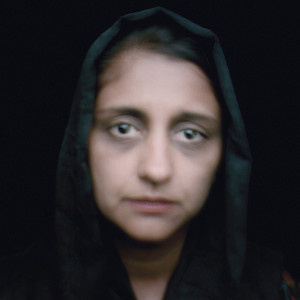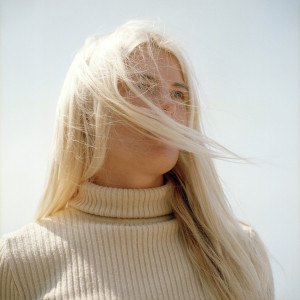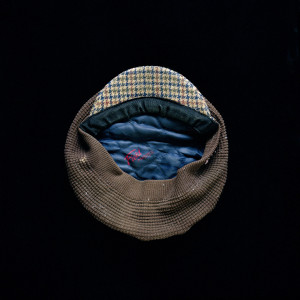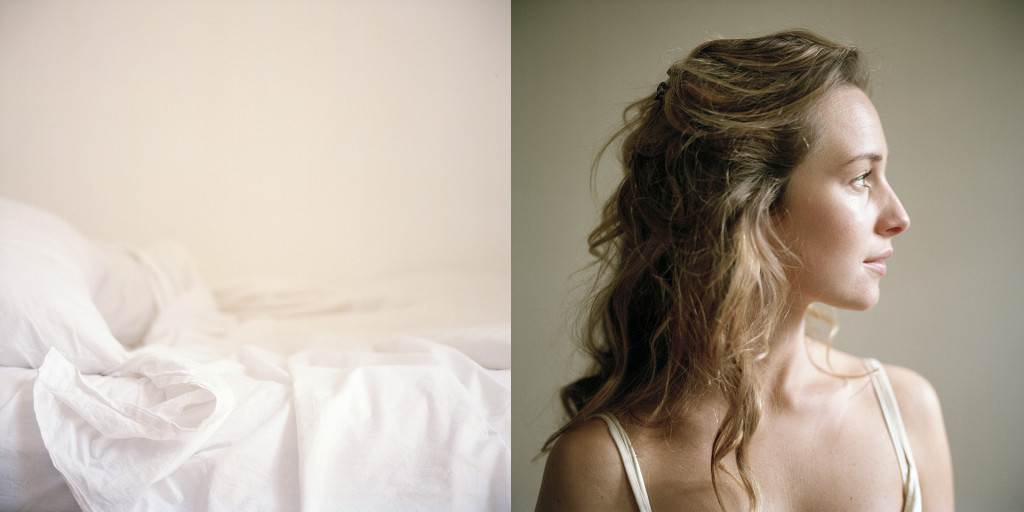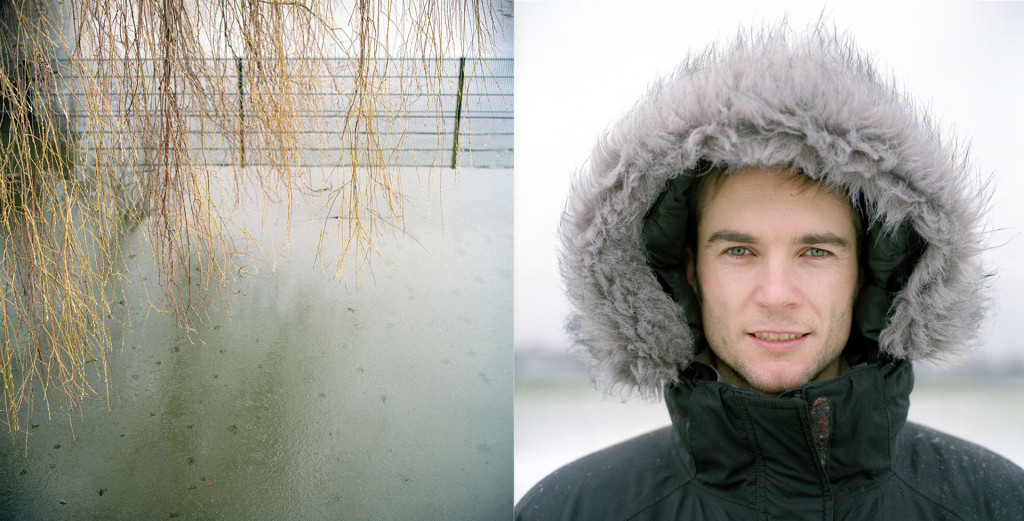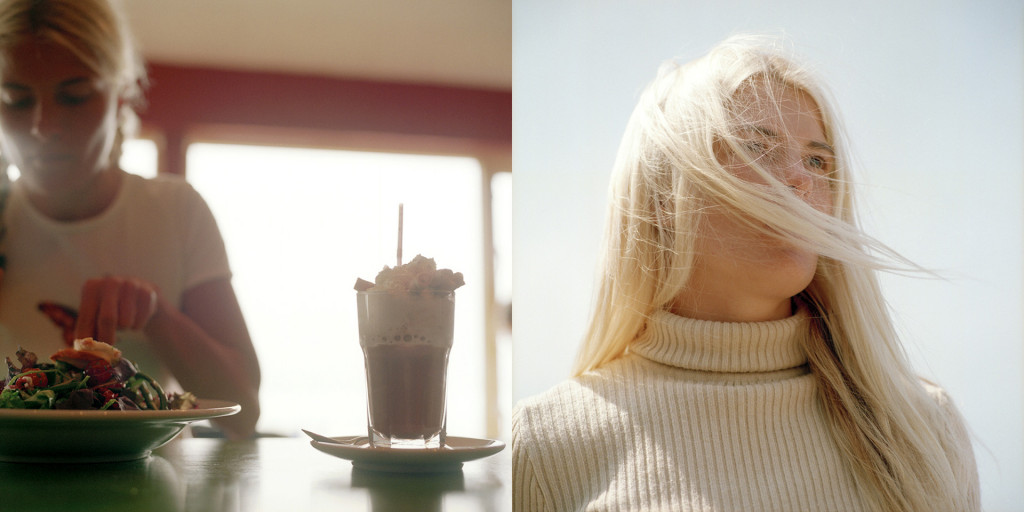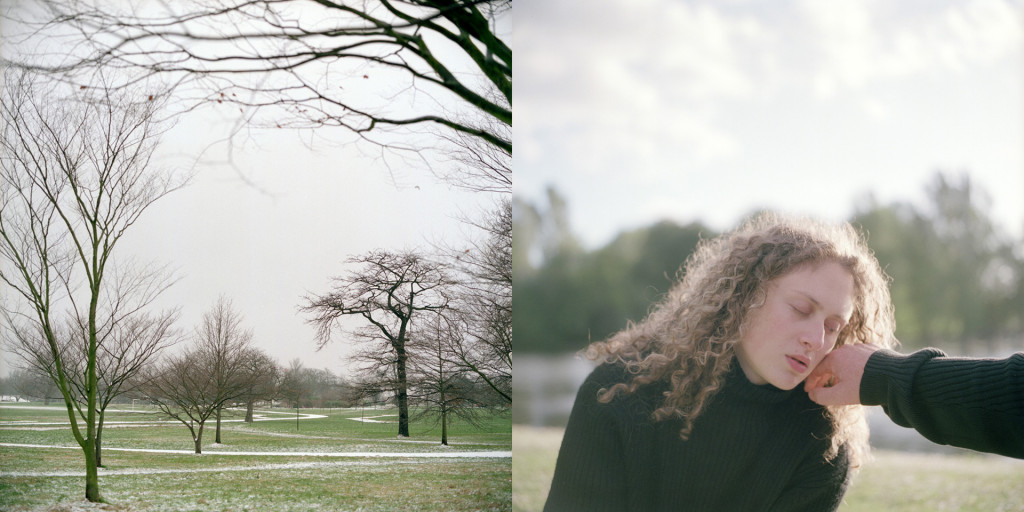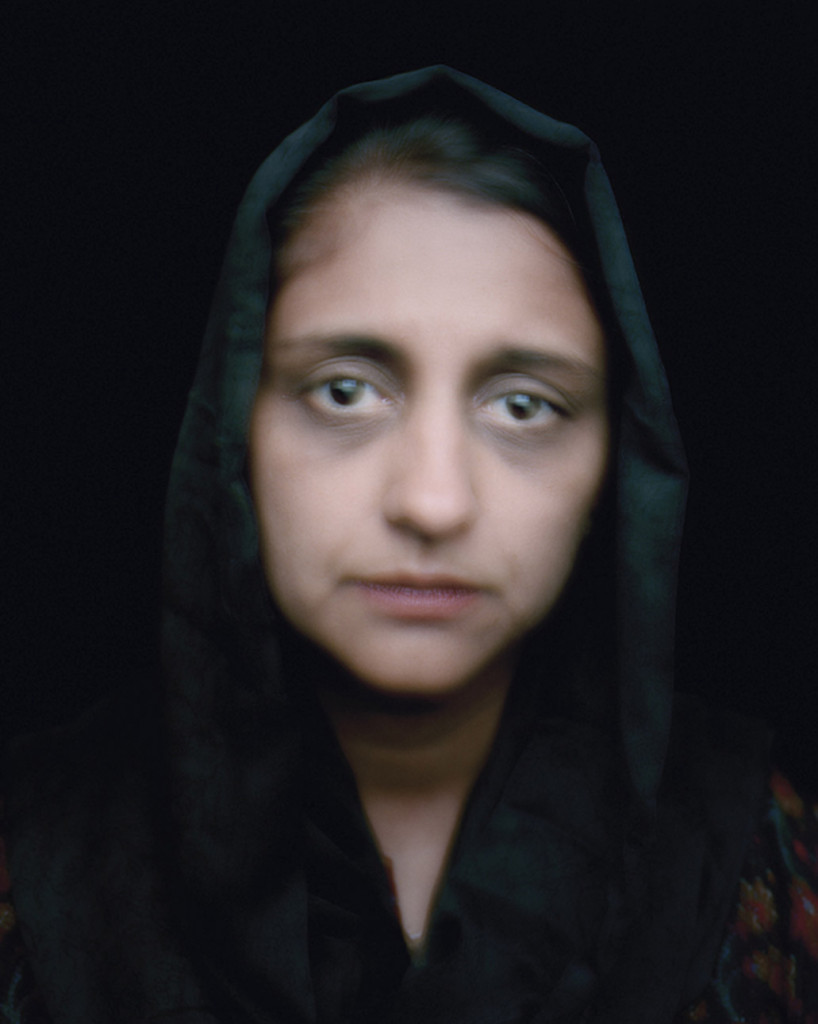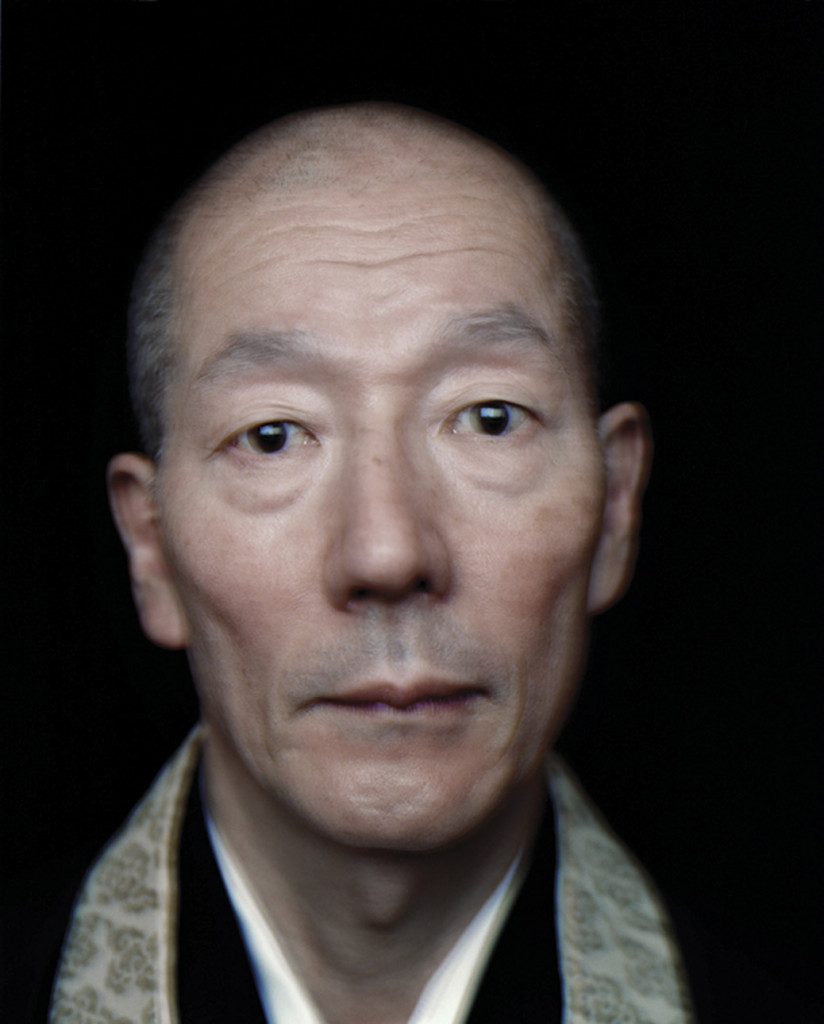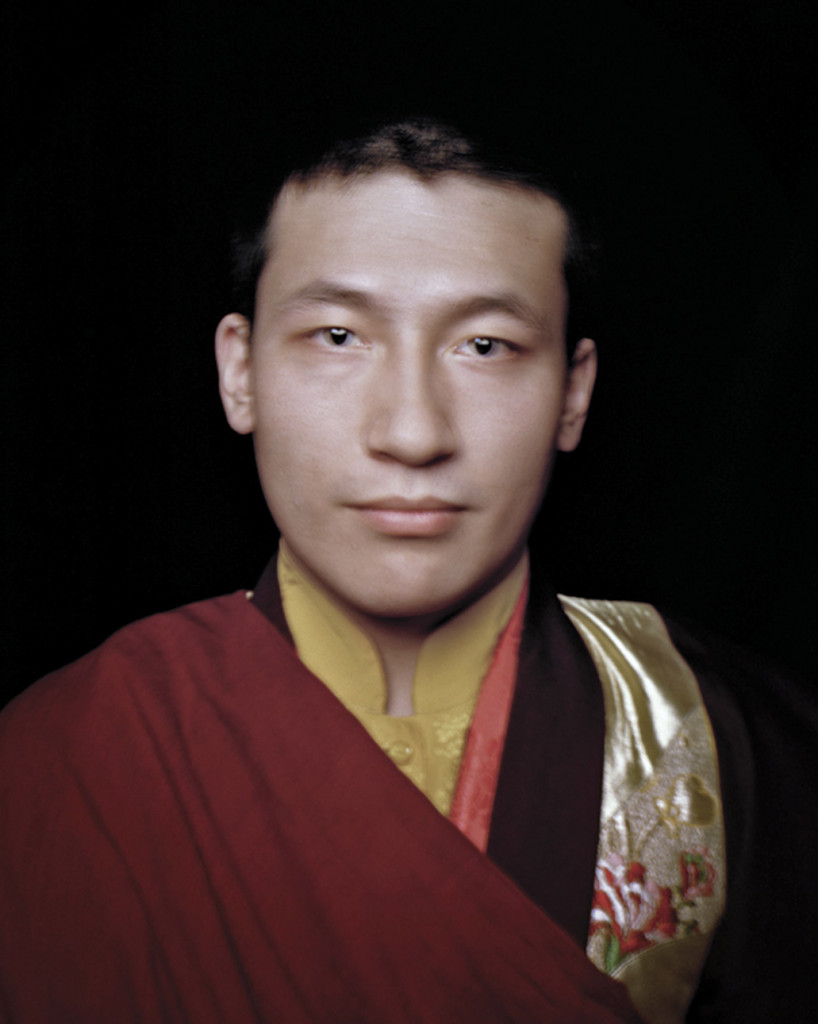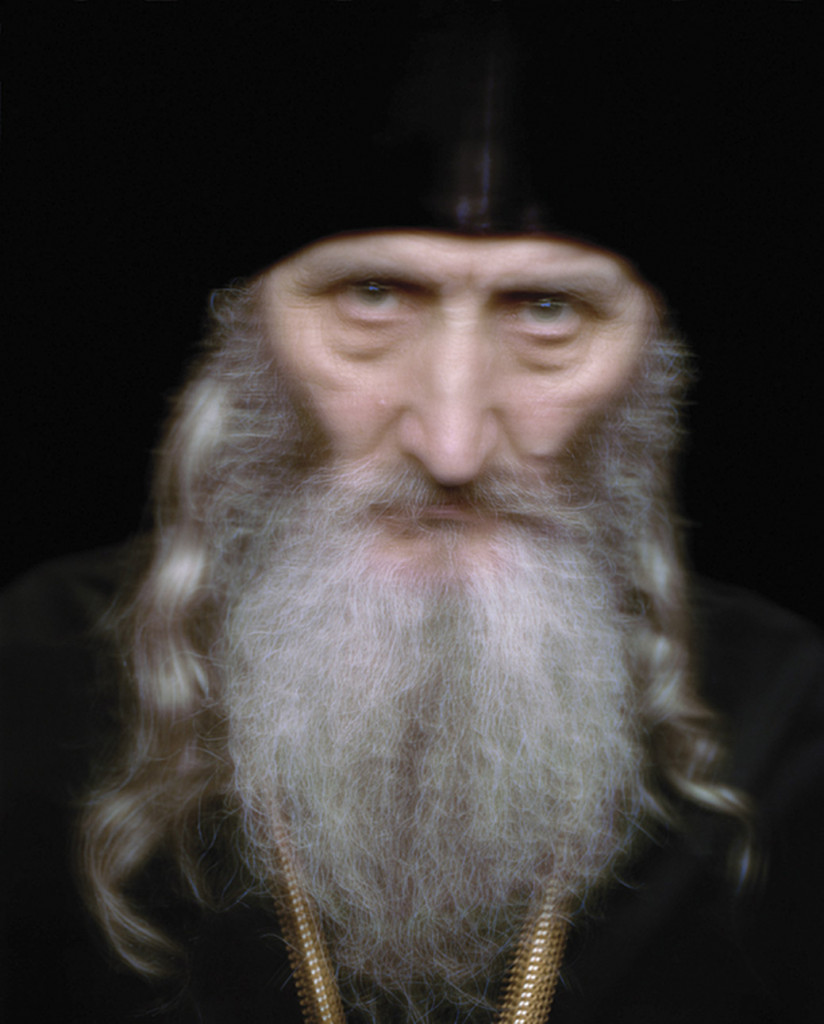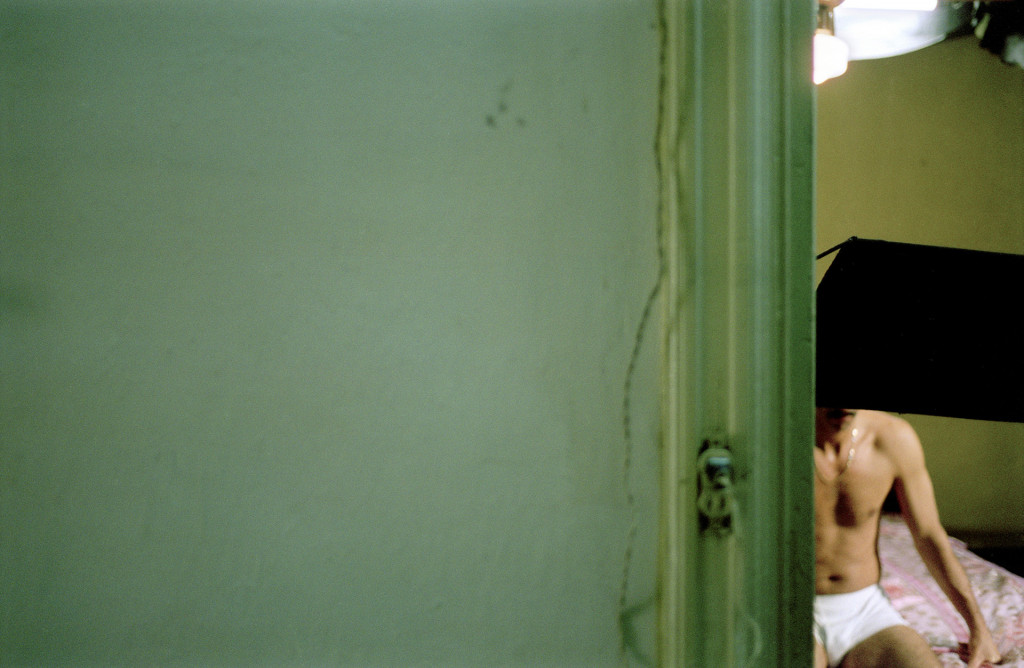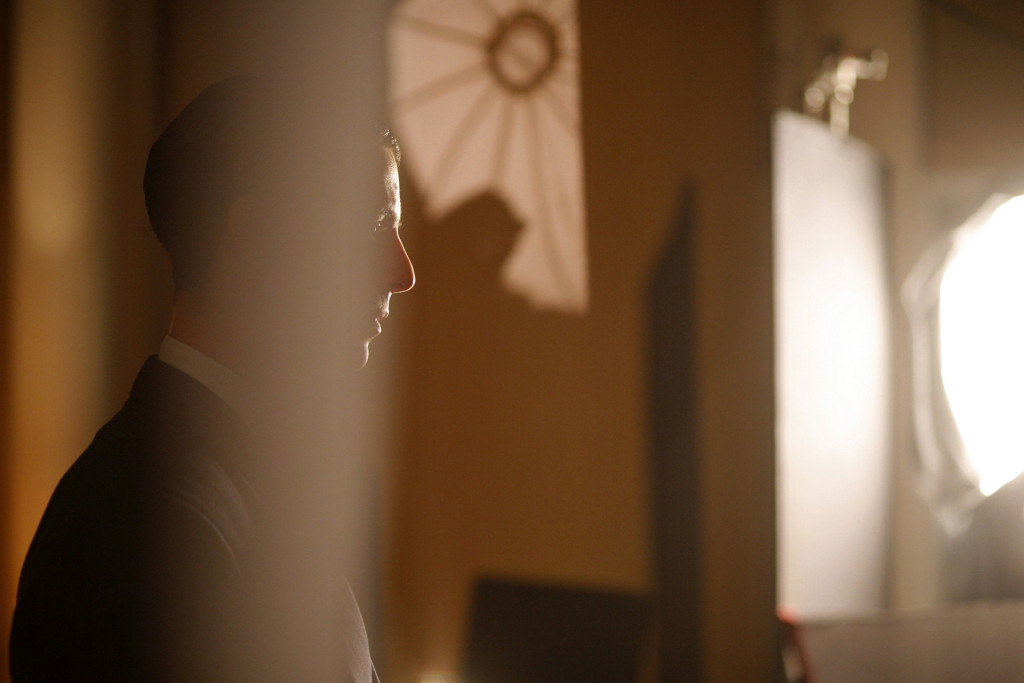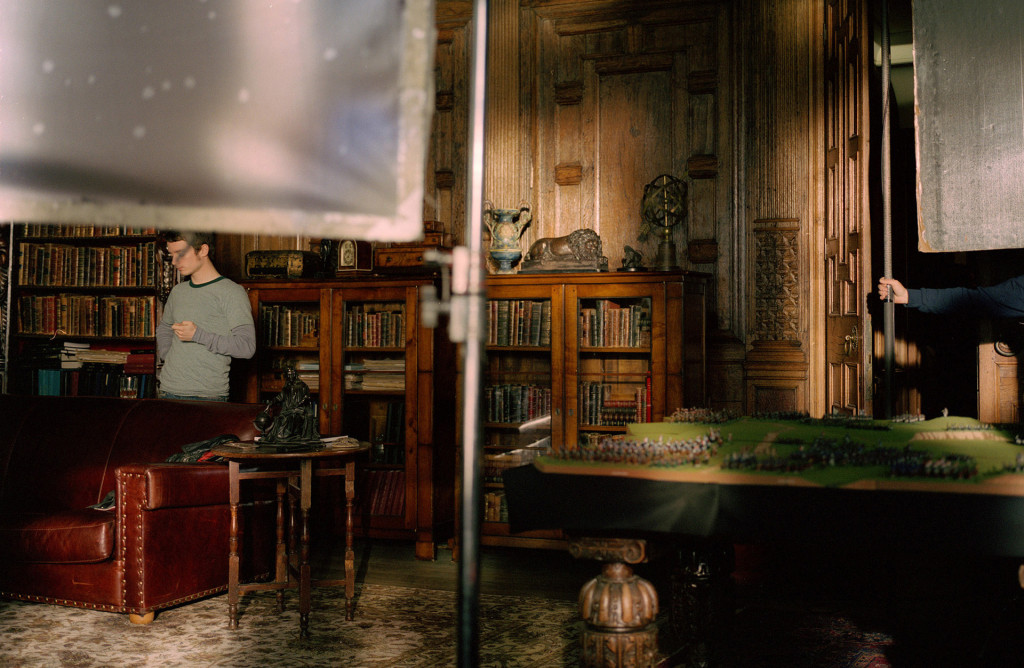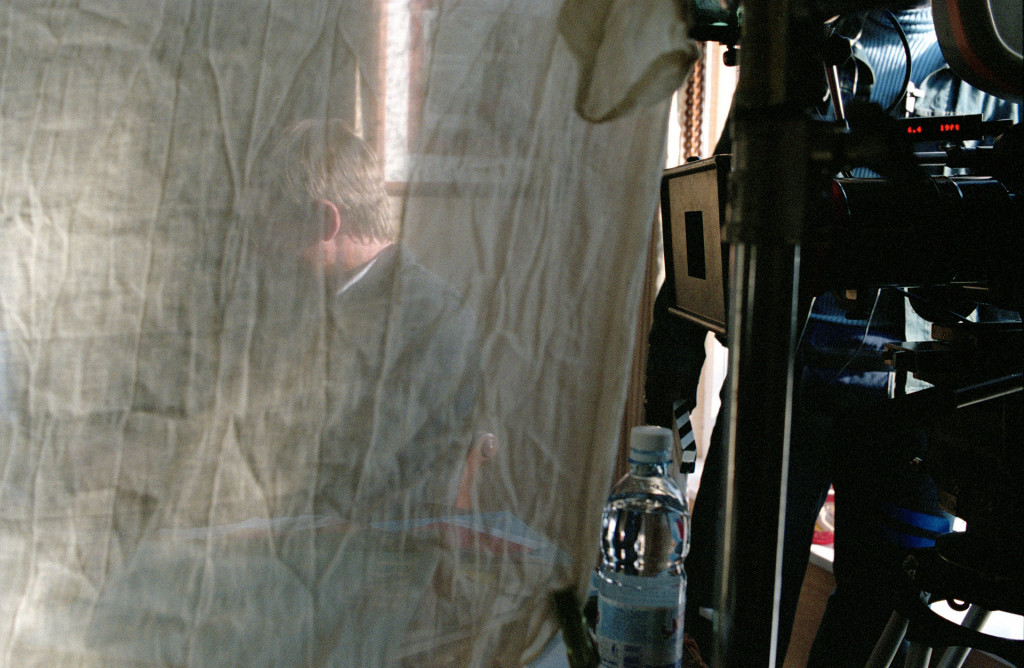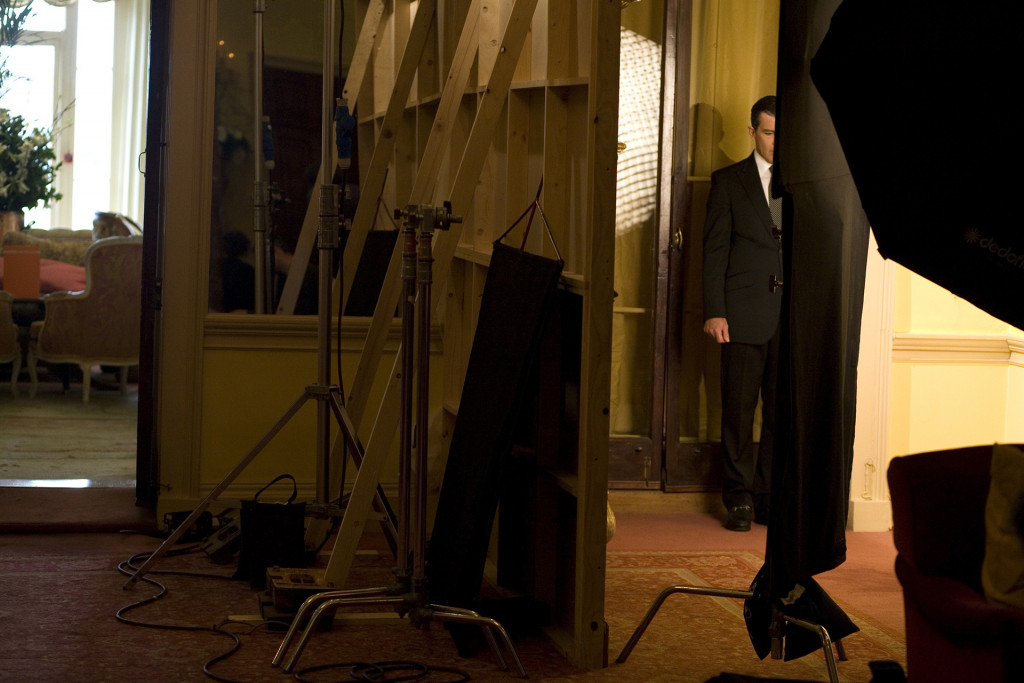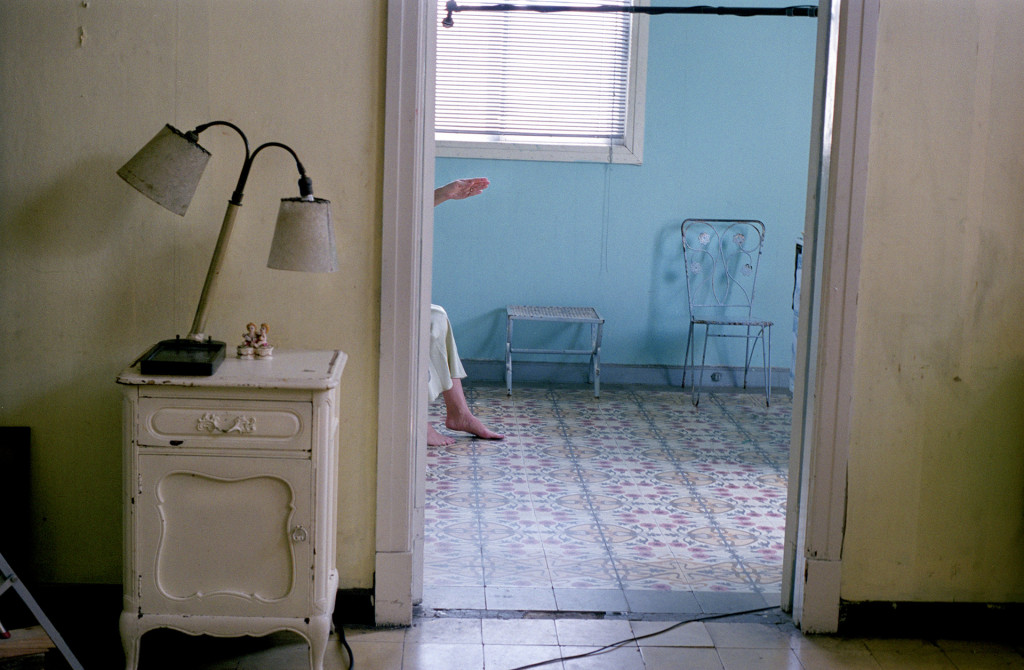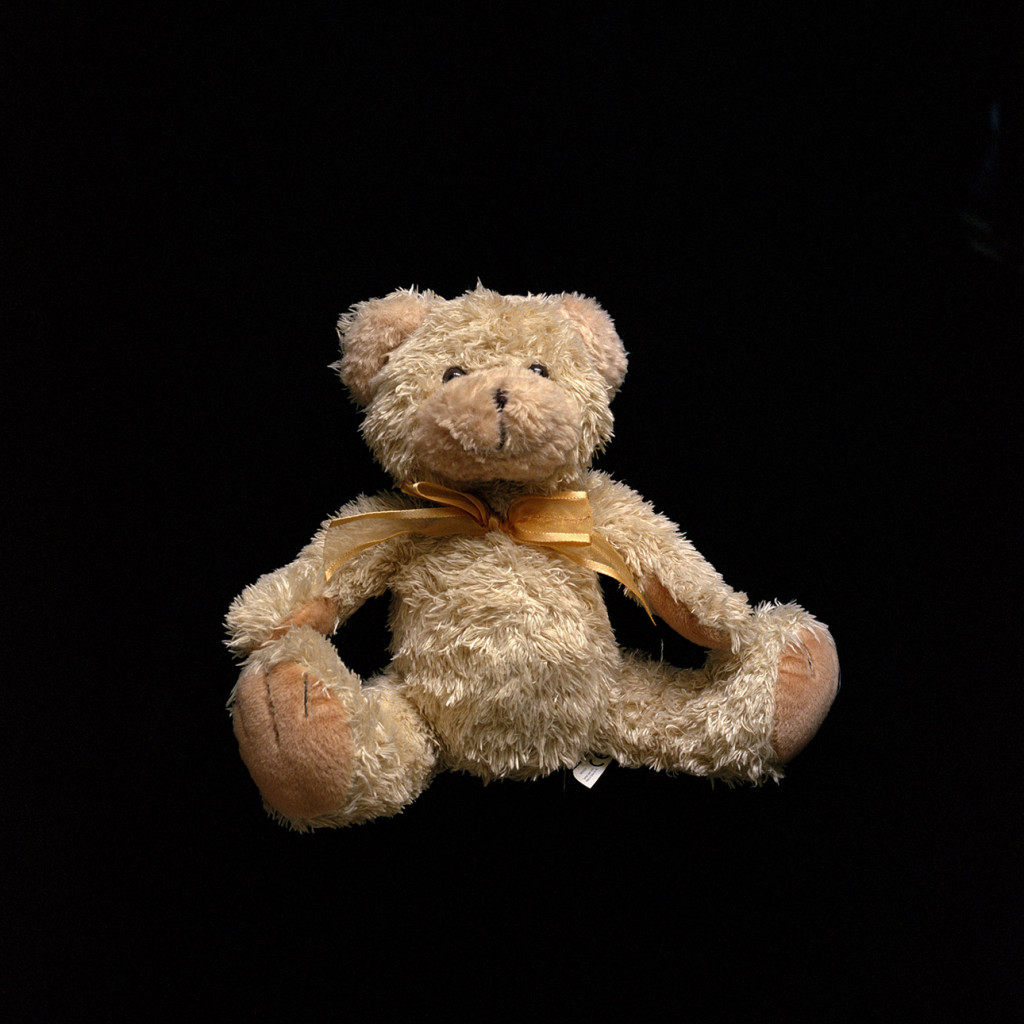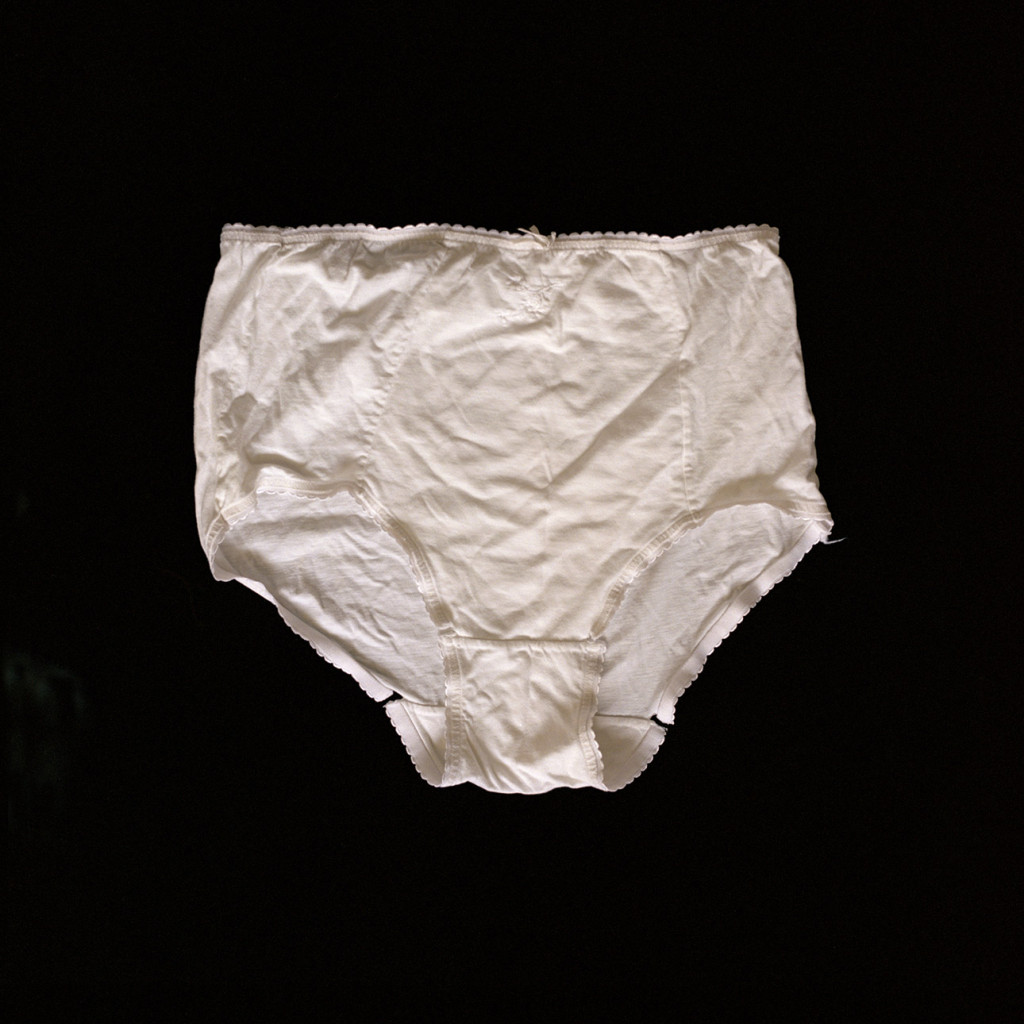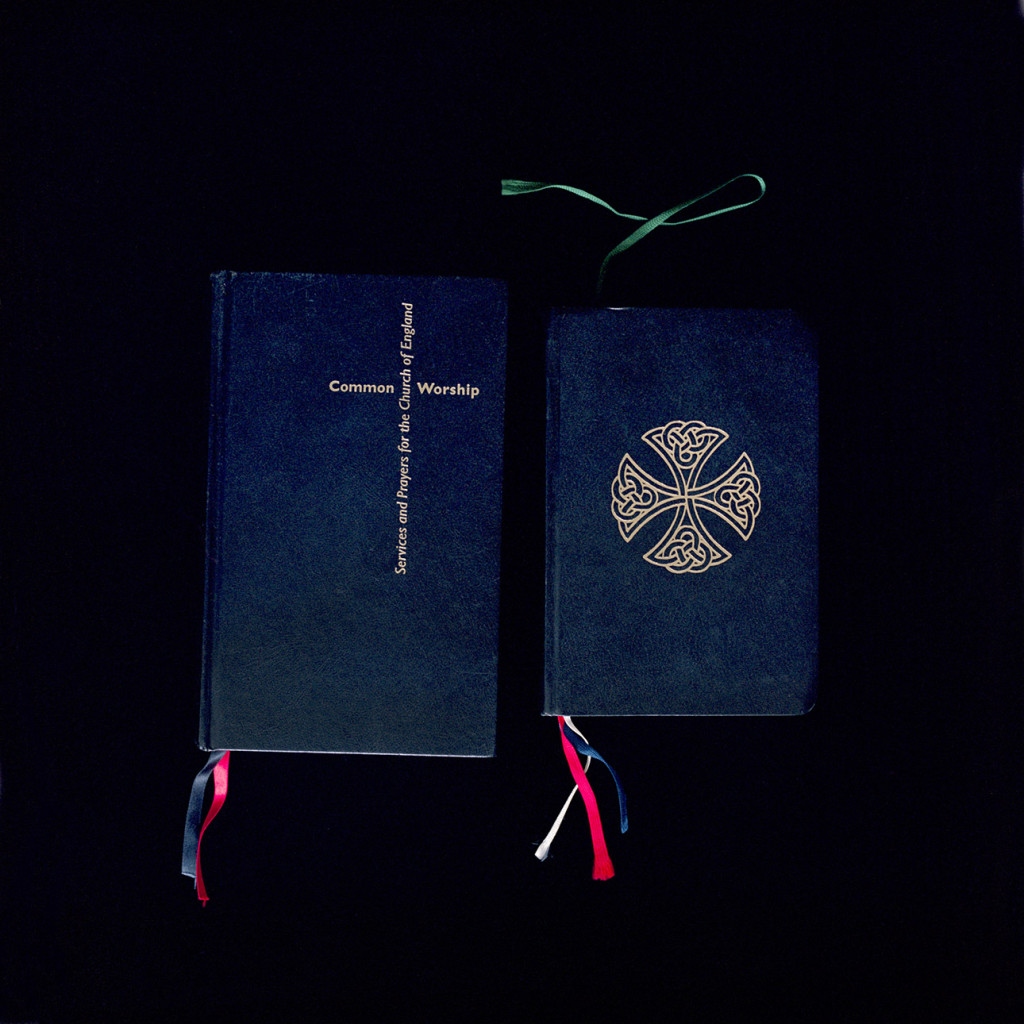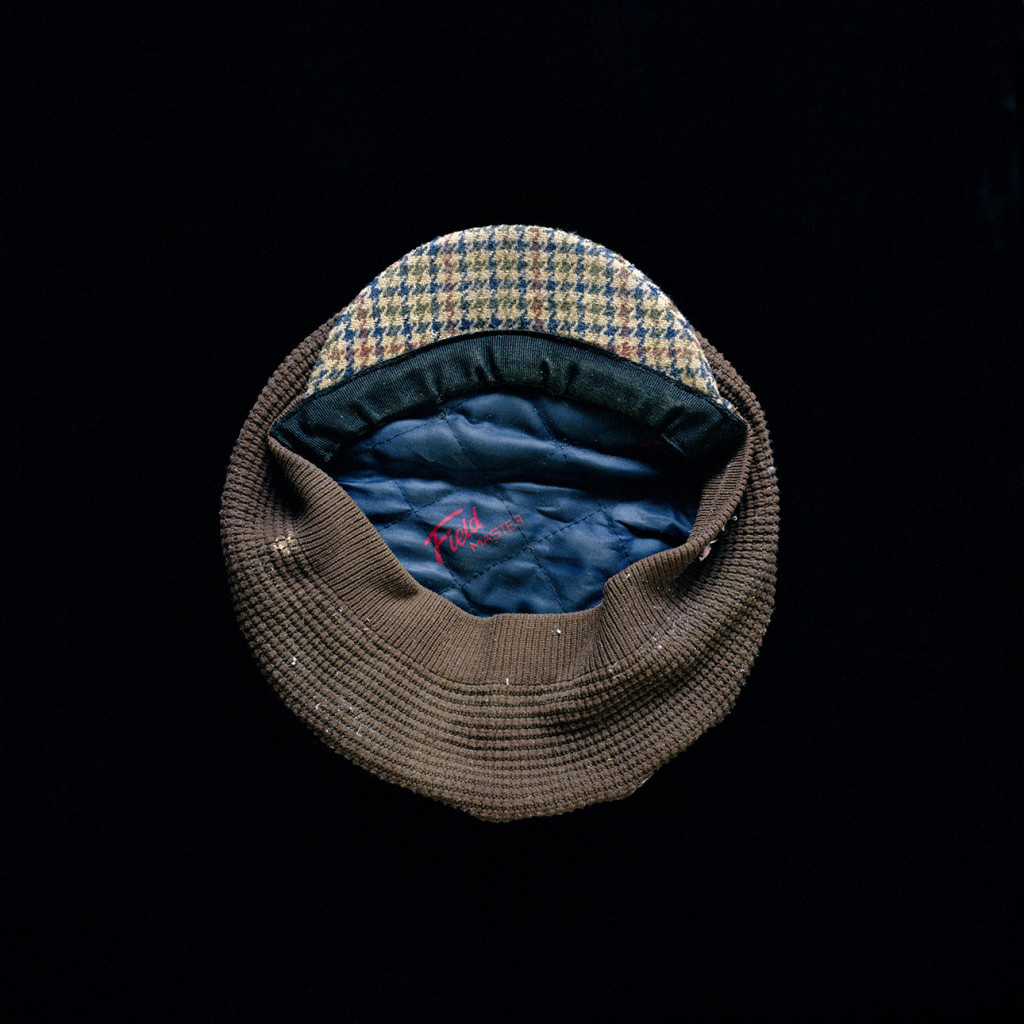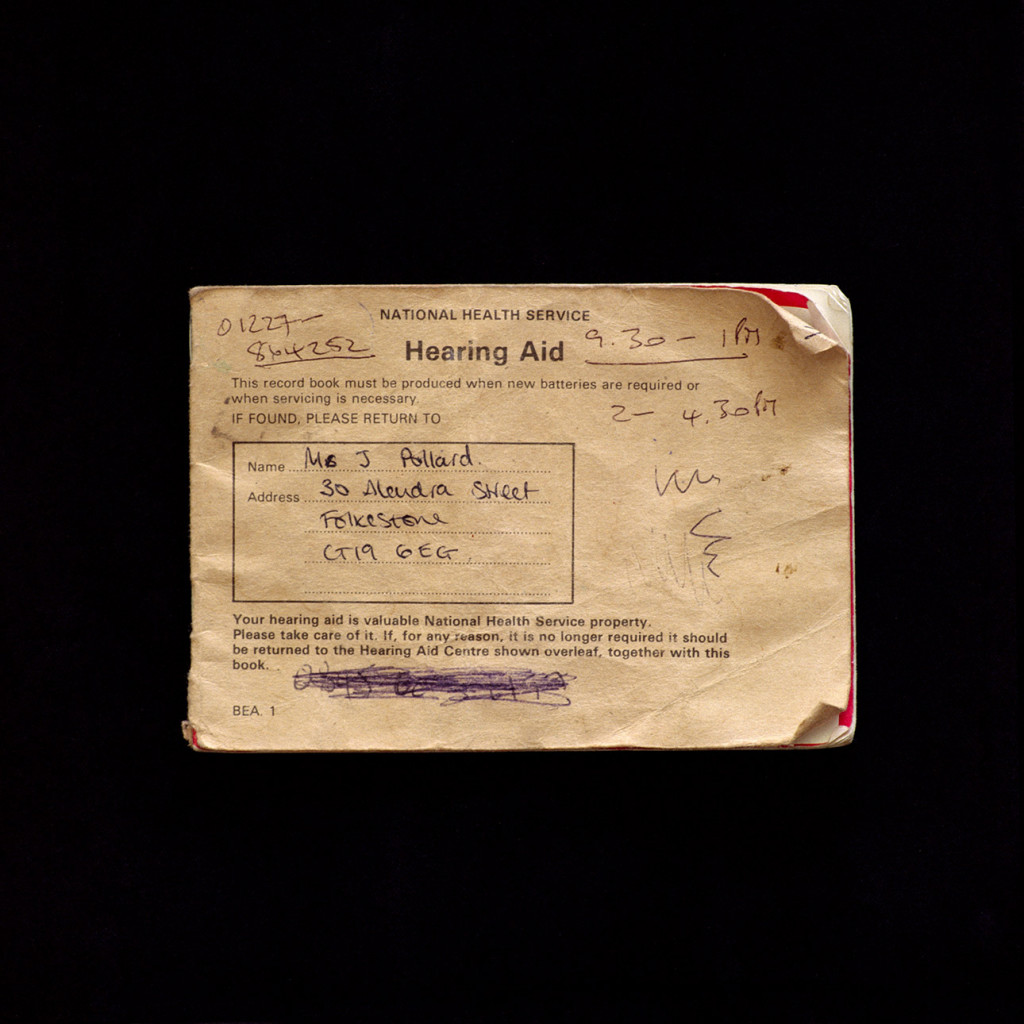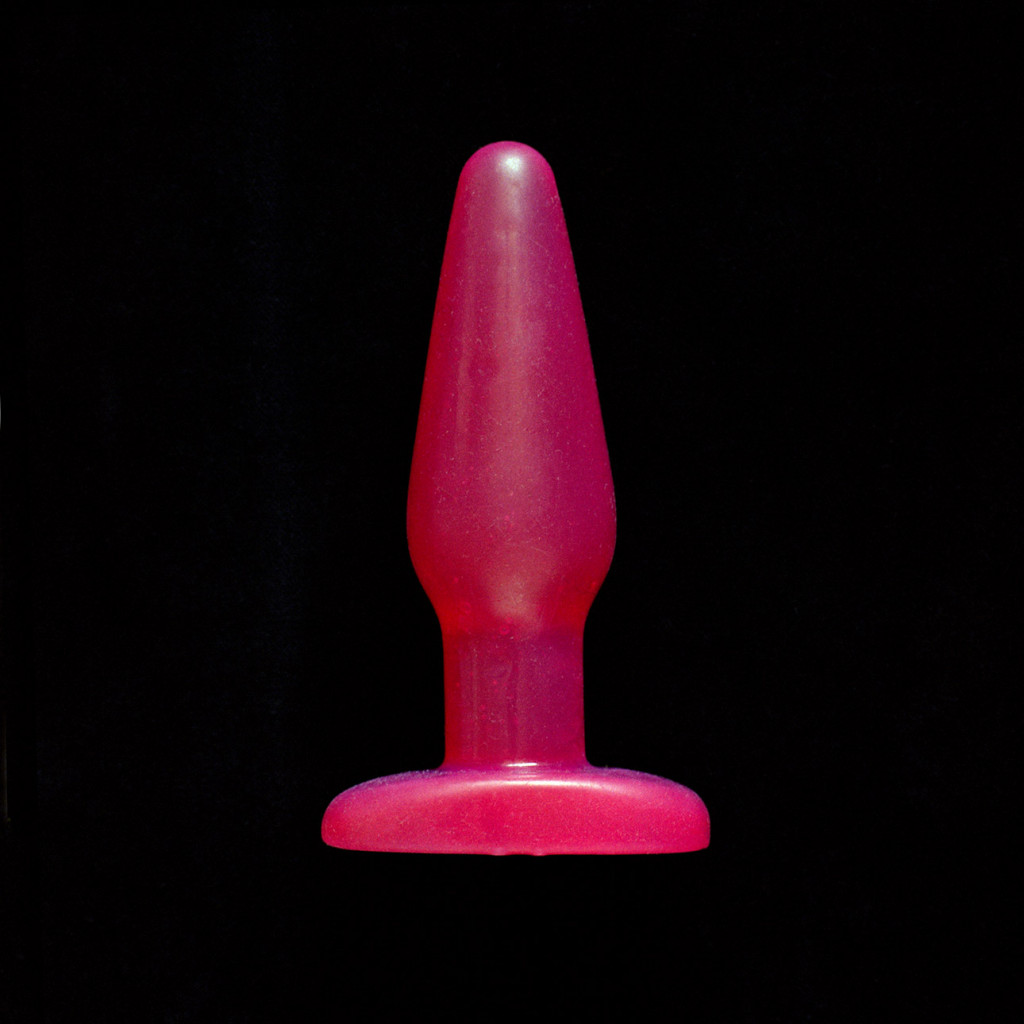Projects
Still
It’s about the seasons, winters temporary mark, the colours of a tree over a frozen lake, and the stillness of a moment.
The word ‘still’ seems very simple. However it embodies a complex multiplicity of ideas. On the one hand it can mean motionlessness, yet it can also be used to convey a sense of continuality – to still do something, as well as the idea of ‘and yet’ or ‘even now’. It deals with time, both the absence of it as well as an intention to continue with what was before.
It is this paradox of simple complexity that is interesting to try and capture photographically – a feeling that can be hard to place or put words to, yet which feels familiar. Photography, with its dual requirements of technique and instinct, appears to have an ability to grasp this elusiveness. Still images, frozen fragments taken out of the continuum of time and space, can be used as words or sentences and strung together like poetry, as suggestions of things that are difficult to define.
Observance
The soundscape comprises the chants, songs, and whispers of the same sitters.
Long exposures hark back to the beginnings of photography, when film was slow and shutter-speeds long. It was the time of spirit photography, where it was commonly believed that a photograph could capture ones soul, or communicate with the dead. Contemporary knowledge would argue this is impossible, that a photograph is nothing more than a mechanical process involving chemicals and light. Yet some portraits seem to have an ability to convey more than just a two dimensional representation of skin and bone. I experienced this when, in the hills of Nepal in 2003, I made a series of portraits of Tibetan Lama’s. On my return to London a curator responded to one particular portrait, saying she could feel the energy of the Lama, as if she were in his presence. The seeds of Observance began then, with a suspicion that a powerful image is capable of connecting people across time and space in a way that is visceral and real.
Throughout history religions have tapped into this possibility, where imagery has played an important role in many faiths. Often followers possess an image of their leader, their guru, or their teacher – they have them on their walls, on their altars or tattered in a wallet. In circumstances of religious intolerance, to possess such an image can put ones life at risk. Why do people put such faith in the power of a photograph? What can an image hold that is so precious?
Observance raises these questions, and explores how a sense of connection is created through an image, particularly with the sitter gazing out of the frame. This has long been recognized in the art of icon painting, a practice which follows strict spiritual procedures and visual parameters – figures are depicted dominant in the frame, therefore bringing them into direct relationship with the viewer.
This direct engagement is a central theme of Observance. Discoveries in biology and quantum mechanics suggest that one’s thoughts and vision may extend out from the mind in the form of measurable energetic fields to resonate with, and affect, the observed. With this in mind, each portrait was made with the sitter large in the frame, projecting their inner experience directly into the lens through the act of looking. The fifteen-second exposure provided the window through which the film could capture not only the light, but also potentially this energy.
Consequently these portraits are not split seconds decided upon and captured by the photographer to reveal something of a character. Rather they are an intimate intention unfolding over time, creating an opportunity for a more balanced meeting between the observer and the observed.
Individually the images explore the possibility of visually conveying the internal activity of the sitter, and how this might affect a viewer’s response. Seen as a whole (there are almost 100 images and sounds in total) the work compounds, allowing distance from the individual experience. The resulting collective sense of humanity’s enduring search for meaning points towards the veneer that is difference.
Faiths represented:
Brahma Kumaris, Buddhism (including Tibetan), Bektashism, Catholicism, Christianity, Christian Science, Franciscan, Paganism, Jainism, Jedi, Lutheranism, Islam, Sikhism, Hinduism, Hare Krishna, traditional Polynesian, Judaism, Jedi, Shinto, Shamanism, Sufism, Taoism, Zoroastrianism.
Countries represented:
South Africa, India, Britain, Japan, Nigeria, Kenya, France, Mexico, Kurdistan, Peru, Palestine, Israel, Iraq, Australia, America, Nepal, Ghana, Syria, West Indies, Singapore, Albania, Tanzania, Sri Lanka, Sierra Leone, Nigeria, Sweden, Bolivia, Pakistan, Canada, Cambodia, Slovenia, Indonesia, Jordan, Guatemala, Trinidad and Tobago, Holland, Uganda, Thailand, Iran, Sudan, Kuwait, Mozambique, Zimbabwe, New Zealand.
Facade
I am fascinated by what I see as the duality of the film making process – the elusive, emotional nature of acting and the subtle nuances of bringing a character to life, amidst the often strenuous technical work with lights, rigging, and cameras. The juxtaposition of these two ‘worlds’ and the hazy border of their meeting point became the basis for the series.
It is the actors in particular who have a foot in each of these worlds. I photograph them when their faces are somehow obscured, when it seemed they were half here and half somewhere else, one foot rooted in the reality of lights, cameras and action, and the other existing in a space of interior exploration and stillness. We see a performer lost in this space with suggestions of film equipment in the same composition to remind us of the duality of inner and outer worlds.
The fact that some of the actors were celebrities with recognisable faces added another dimension, allowing me to explore the question of fame versus privacy. The nature of the job requires many actors to endeavor to become recognisable yet there is often, and perhaps understandably in our celebrity-obsessed culture, an accompanying sense of shielding, of privacy and self-protection.
Additionally, the notion of observation exists on many levels in the world of film. Directors watch actors closely, actors watch themselves from the inside out, and are then in turn watched by many. Camera teams look for the ultimate composition and how the light falls, costume designers observe how a coat drapes, and boom operators watch carefully to avoid the frame. There are many people involved on a film set and each of them must be absorbed in the details of their own observations in order to create an effective working whole.
Perhaps these patterns of stillness, paradoxically caught on the run amidst hectic film sets, which depict the ideas of duality and observation are also relevant to the individual existing within a busy society and a confusing world. How does our inner life co-exist with the outer reality? How do we as individuals fit in to the functioning of our community? How much of ourselves do we actually reveal?
Lost and Found
Lost and Found is a series of photographs of the lost property that I discovered in each hotel. The objects, which range from old hats to underwear and jewellery to children’s toys are in transition, neither with their owners, yet not quite lost as they have been stored at the hotels in boxes or on shelves, sometimes for years.
Finding, selecting and carefully photographing these objects reinstates them to something of value again and in some way reclaims them.
The Hotels Project exhibted as part of the 2011 Fringe Festival at Georges House Gallery in Folkestone, UK.

